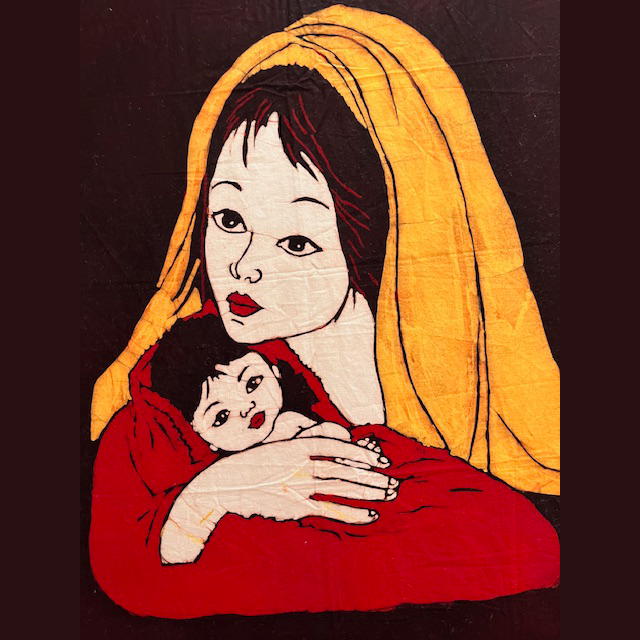In remembrance of our beloved Pope Francis, may he rest in peace, this is a story of coming to know Mary. In this month of May, Mary, the mother of Jesus is honored.
Mary, Mother of Jesus
Growing up Catholic, I knew of Mary. I would see statues of her in churches and images of her at home and in the homes of friends who were Catholic. As a young child, I viewed her as the passive and meek mother of Jesus. Like most children, I did not fully understand the tremendous influence she had on her son and her prominent role in the Catholic church. As I grew to know more about her and developed a closer relationship with her, my image of Mary transformed.
The Bible doesn’t give us many details about Mary’s life, but scholars have shared some details on what her life might have been like. She probably lived in the town of Nazareth, which at that time was under the violent reign of Herod the Great who ruled with the backing of a brutal Roman military. Like many women of her day, Mary would have spent up to 10 hours a day hauling water, gathering firewood, cooking, and washing. She was a peasant woman who suffered from poverty and oppression. Yet, she knew the risks associated with her “yes” to bear Jesus. She accepted her mission because she trusted God with all her heart.
As a mother, Mary was Jesus’ first teacher, and the person who would have formed his values the most while teaching him about his religion and about God. For 30 years, Jesus remained with Mary before He went out to preach the Gospel. It was by Mary’s request that he performed His first miracle at the wedding of Cana. Despite the subservient role of women in those times, Jesus obliged his mother’s request to provide more wine at the wedding feast. In his public ministry he treated women with respect. In Jesus’ time, men were discouraged from speaking to women in public, but Jesus himself interacted with women freely, challenging societal norms. In a crowd of mourners, for example, he spoke with the widow at Nain. With compassion for her, Jesus called her only son back to life (Luke 7:11-17). In another instance, he saw the suffering of a woman who had been crippled for 18 years. Jesus laid his hands on her and said, “Woman, you are set free of your infirmity” (Luke 13:12). Surely by living with a strong and compassionate mother, he grew to respect and be considerate to women as well as to men.
Mary continued to follow her son and was among the circle of disciples he gathered around himself. She remained with him through his ministry, arrest, crucifixion, resurrection, and ascension. During his last moments on the Cross, Jesus gave his mother to all of humanity when he turned to the disciple John and said, “Behold your mother!” (John 19:26-27).




